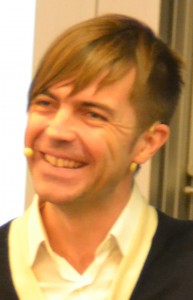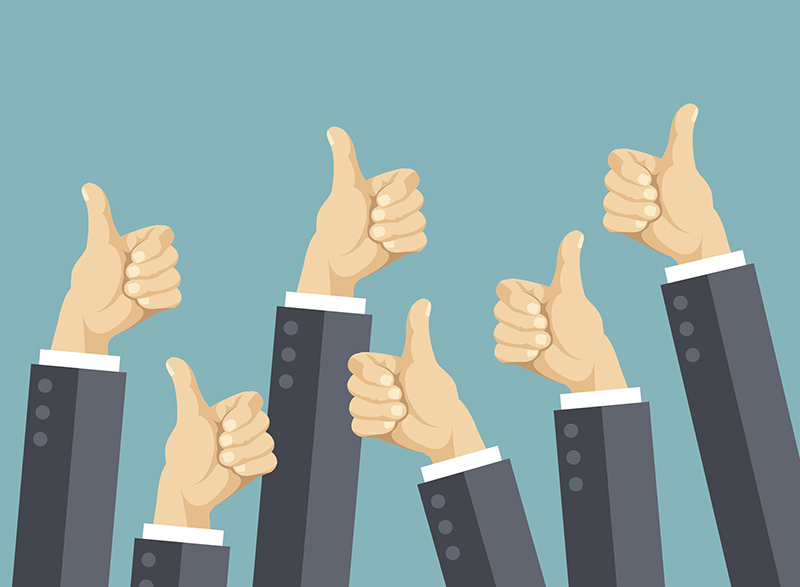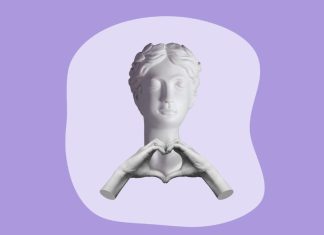Taking a Deeper Look at Environment for Behaviour Change: Part I
In the year 1929, and nearing the end of his second, ill-fated, term as President of Argentina, Hipólito Irigoyen began to receive filtered news from his closest aides. The Great Depression was having a devastating impact throughout Latin America and the country was sliding inexorably into crisis. Highlighting only good news and passing over some of the more negative events in presidential communication, no matter how slight that actually was, was exaggerated greatly, leading to one of Argentina’s most popular myths: that a special newspaper was printed for Irigoyen that included only good news. El Diario de Irigoyen or Irigoyen’s Daily, is a well-known phrase in Argentina to this day, and used when people want to push back against the “sugar-coated” version of events.
Parallels with today are unmistakable. Putting aside recent reports that President Trump only likes to receive good news and that his aides have their own special way of communicating to him, never mind the growing controversy around fake news, we are each surrounded by our own version of El Diario de Irigoyen. Let me explain.
Having long known of the legend of Irigoyen, I first started reflecting on the parallels with today during a visit to, of all places, Buenos Aires last September. My fellow keynote speaker at a major multinational marketing event was a designer from Facebook. The focus of his talk was on the concept of feed. Everything was feed; all design decisions, client engagement for selling ads, user attraction, audio and video habits…all related to feed. And it’s true of all social media channels. The feed is what promotes use and those (often hundreds) of repeat visits during the week. More time spent on the feed means more revenue to the leading tech companies. At the core of our work on executive health and leadership is behaviour, and our behaviour is greatly affected by and through this feed. It is part of our social environment.
Persuasive psychology principles are used to grab your attention and keep it. The alarming thing is that several dozen designers living in California and working at just a few companies are impacting the lives of over a billion people around the planet. And spending increasing amounts of time scrolling through our feeds on different channels isn’t the best thing for our health, wellbeing, and performance. Think about your own habits in the past year or two and how any changes in behaviour, and specifically spending increasing amounts of time with your feed, have made you feel.
And there is another element of feed that affects our behaviour. We design our own feed (though heavily influenced by those several dozen designers). We connect with friends and colleagues, we like and follow companies and public figures who we admire. And the source of this attraction and connection often stems from some similarity that we see in them – we may hold the same values or opinions, come from the same place or work for the same company. Maybe we like the same music, support the same football team or believe in the same causes or politics. Our feed is giving us a world view that is anything but worldly. It is segmented and we are blindsided to the opinions, values, preferences and affiliations of those who we don’t connect with. We need not look any further than the recent surprise election of Donald Trump to show how our customised feeds lead us to believe one set of events will unfold. The New York Times in the final days of the election campaign were predicting that the probability of a Clinton win stood at over 90%.
So how may we push back against our own Diario de Irigoyen and re-design our feed? Start with breaking out of autopilot and try a simple exercise. Take a look at the feed of another person, maybe your partner or (if they let you!) your children. Perhaps even a close colleague at work. Instantly, it will give you a slightly broader view that also seems more vibrant due to its differences. Perhaps you can also follow or at least check-in with accounts and people you would normally stay well clear of due to your differences.
I am fully aware of my own bad habits in this space. Spending increasing amounts of time on my own feeds, without necessarily gaining insight and knowledge, I am committed to re-designing my own feed during the month of February. Social media and my mobile device is part of the issue and I have done several things over the years and again recently to take back control, from eliminating e-mail on my phone (if I am working from the Barcelona office for an extended period having access to e-mail on other machines is more than enough) to moving any feed-based apps out of my home screen and into different folders to cut down on those impulse checks.
I am also reflecting on my face-to-face and phone conversations. Most of my client discussions, though enriching, follow the same path, and I’m hoping that talking to people outside my usual network will broaden my perspective and also help re-design my feed. In our client work we often encourage people to join a new club, in that being held accountable by new people will help make habits stick. Forming new relationships, perhaps something we do less and less as we get older, helps change our views and perspectives. Even listening to those who you vehemently disagree with is, I believe, a healthy exercise.
I have therefore decided to open up my own diary to try and have different conversations and re-design my own feed. Each Wednesday afternoon I will hold up to a maximum of 12 fifteen-minute conversations with anyone who wants to connect. I have no idea how this will go, or whether I’ll get one request or 100. In any case, if you want to connect with me, you can do so at the following link: thelabcn.com/redesigning-my-feed
Matters didn’t improve for President Irigoyen. He survived an assassination attempt in late 1929 and was eventually overthrown by a military coup in 1930. Later placed under house arrest he died in 1933. A sad end for a man who made a difference in the country, especially during his first Presidential term of 1916-1922.
Now almost 90 years after the birth of the legend of El Diario de Irigoyen ask yourself if you are limited by creating your own “Irigoyen Daily”. Try re-designing your own feed and I’ll see you next month for part II in a deeper look at environment for behaviour change.
About the Author
 Founder of The Leadership Academy of Barcelona [LAB] and author of Sustaining Executive Performance (Pearson 2015) Dr. MacGregor has delivered over 1000 sessions the past 5 years in executive health and behavior change for clients including Telefónica, Danone, IESE, IMD, and the BBC. He holds a PhD in Engineering Design Management and has been a visiting researcher at Stanford and Carnegie-Mellon. His executive education teaching is informed by academic interest in sustainability and design and he is an article reviewer for, among others, Industry and Innovation, Journal of Engineering Design, and the International Journal of Design Creativity and Innovation.
Founder of The Leadership Academy of Barcelona [LAB] and author of Sustaining Executive Performance (Pearson 2015) Dr. MacGregor has delivered over 1000 sessions the past 5 years in executive health and behavior change for clients including Telefónica, Danone, IESE, IMD, and the BBC. He holds a PhD in Engineering Design Management and has been a visiting researcher at Stanford and Carnegie-Mellon. His executive education teaching is informed by academic interest in sustainability and design and he is an article reviewer for, among others, Industry and Innovation, Journal of Engineering Design, and the International Journal of Design Creativity and Innovation.




































